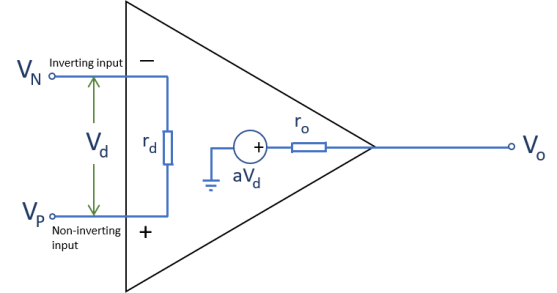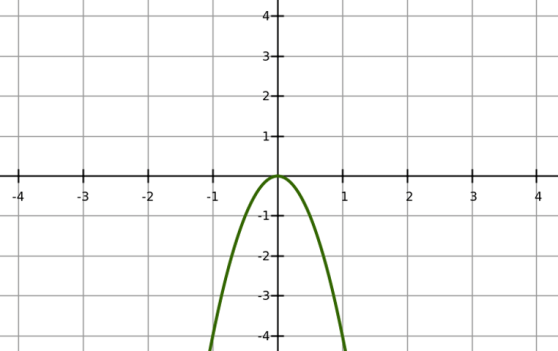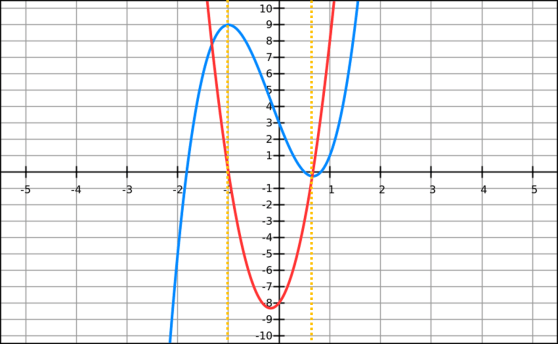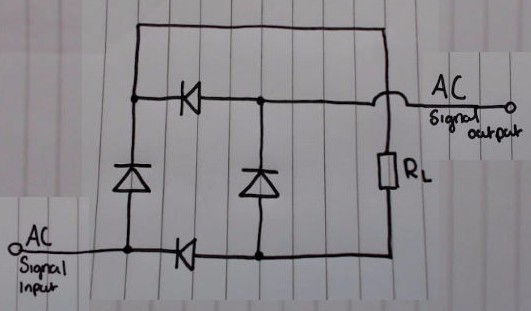BJT overview
BJTs (Bipolar Junction Transistors) can either be of one of two types, NPN or PNP. This refers to the polarity of the materials used in them. ‘N’ means that the layer of material has a negative polarity, and ‘P’ means that is positive.
This is where BJTs get their name from, Bipolar references the fact that it consists of two types of semiconductor (N and P). Junction refers to the fact that there is a physical connection between these semiconducting materials, as opposed to a Field Effect Transistor.
The NPN/PNP material arrangement on BJTs corresponds to the terminals of the transistor. Collector, Base, and Emitter. In an NPN transistor, the collector and the emitter terminals are connected to a semiconducting material with a negative polarity, and the Base a positive. Whereas PNP transistors are the opposite. More information about P and N type semiconductors can be found here: ‘https://tphelectronics.com/2016/09/30/semiconductors/‘.
NPN bipolar junction transistor
When current enters B (the Base) , It allows current to flow from C (the Collector) to the E (the Emitter). This is shown by the direction of the arrow in the schematic. When there is no current applied to B, current cannot flow from C to E.
In an NPN transistor there is a PN junction between the base and the emitter terminals. So, as within diodes, there is around a 0.7v drop between the base and the emitter when it is turned on. Therefore, for a significant amount of current to be able to flow from C to E, the base needs to be above 0.7v.
Depending on the type of NPN BJT, the current flowing from the emitter is around 100x that of the current flowing into the base. Of course for this to happen, the collector needs to be able to draw that amount of current from the source.
The current flowing out of the emitter is always equal to the sum of the current flowing from the base and the collector.

PNP bipolar junction transistor
PNP BJTs work in the opposite way to NPN BJTs. When the base is 0.7v less than that of the emitter, current is able to flow in through the emitter, and out through the collector. This however limits the components usage, as the voltage at the base always needs to be below that of the emitter. In addition to this, using the circuit arrangement: ‘not gate using a transistor‘, an NPN transistor can be set up to perform the same operation.
PNP transistors are mainly used in conjunction with complimentary NPN transistors, circuits like push-pull amplifiers.









































